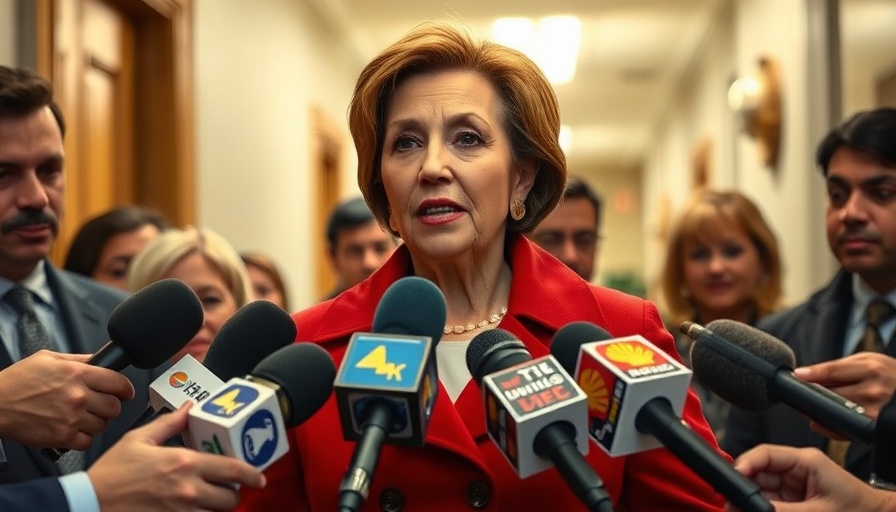
Understanding Unpaid Overtime: A Growing Concern
In the modern workplace, unpaid overtime has become an alarming trend that can foster a toxic work culture. Many employees feel pressured to work beyond their designated hours without compensation, and this can lead to significant mental and physical consequences. The expectation that employees should always be available diminishes work-life balance and contributes to rising levels of stress and burnout.
The Hidden Costs of Unpaid Overtime
The implications of unpaid overtime extend beyond individual workers. Organizations may see short-term gains in productivity, but the long-term effects can be detrimental. Employees who regularly work unpaid hours often experience decreased job satisfaction and higher turnover rates. According to research, effective work-life balance is vital for employee morale, and neglecting this balance can lead to decreased productivity and efficiency. The risk of burnout increases among employees who do not feel acknowledged for their contributions, creating a vicious cycle that ultimately affects the entire organization.
Counterarguments: A Different Perspective
Some argue that unpaid overtime can foster a strong work ethic and show dedication. However, proponents of a healthier work culture suggest that this mindset is fundamentally flawed. A truly dedicated employee should not have to sacrifice their personal time or well-being for the sake of a job. Organizations would benefit more from a culture that values balance, ultimately leading to higher engagement and creativity among employees.
A Closer Look at Workplace Culture
Workplace culture plays a crucial role in shaping employee experiences. Workplaces that do not address unpaid overtime risk developing a culture of silence where employees feel they cannot voice their concerns. Encouraging open dialogue regarding workloads and expectations is essential for fostering transparency and trust. Companies that actively work to create a supportive environment and acknowledge their employees’ contributions often cultivate higher retention rates and employee satisfaction.
Practical Insights: Creating a Healthier Work Environment
Employers can implement strategies to mitigate the risks associated with unpaid overtime. Setting clear expectations about working hours, offering flexible scheduling, and providing incentives for those who balance work and life effectively can be beneficial. Additionally, encouraging employees to vocalize their concerns and creating a supportive atmosphere can revolutionize a company’s internal culture. Leaders should also consider providing training that emphasizes the importance of mental health and work-life balance.
The Road Ahead: Future Predictions and Solutions
Looking ahead, it is imperative that organizations recognize the value of their employees’ time. As the workforce evolves, flexible work arrangements and mental health initiatives will likely become standard practices in many industries. Companies that adapt to these changes will not only retain their top talent but also attract new employees seeking a supportive work atmosphere. Regardless of the industry's challenges, prioritizing employee well-being must become part of any sound business strategy.
Conclusion: Time for Change
With the urgent need for change in workplace culture comes an opportunity for both employees and employers to foster a healthier working environment. It's imperative for individuals to advocate for their rights, speak up about unpaid overtime, and demand recognition for their hard work. Additionally, organizations must take responsibility to create a culture devoid of toxicity, encouraging balance, fairness, and recognition. By prioritizing these aspects, both parties can work collaboratively towards a more fulfilling and productive future.
 Add Row
Add Row  Add
Add 




Write A Comment